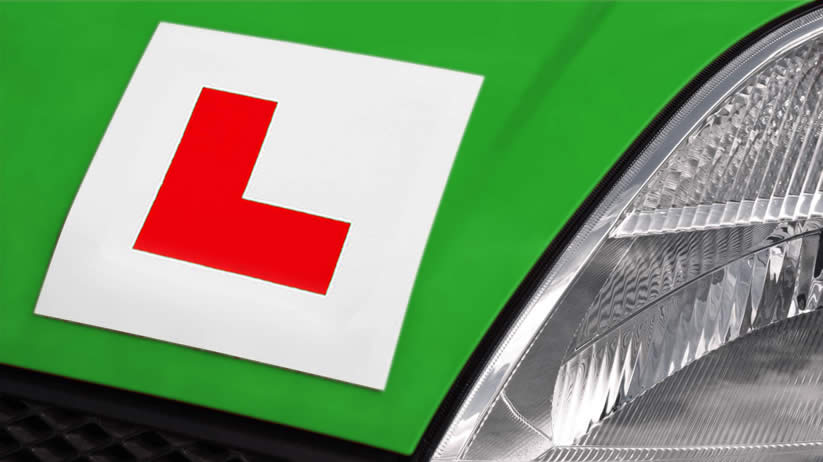Yes, you can sit the driving test in your own car, but there are a few things you’ll need to make sure of. Ensure your car has:
- Vehicle tax
- Insurance specifically for a driving test*
- A valid MOT if it’s over 3 years old
- No dashboard warning lights illuminated*
- No tyre damage and tyres that meet the legal minimum tyre tread depth*
- The ability to reach at least 62 mph and has a speedometer fitted
- Four wheels
- Clean and smoke-free interior
* Not all car insurance policies cover the driving test. If you’re not sure, check with your insurance company. At the start of the test, the examiner will ask you to sign a declaration form that states you have valid insurance that covers you for the test. Examiners have their own specialised insurance.
*Dashboard warning lights that remain lit and indicate a fault, for example an engine warning light or airbag warning light will likely see the examiner terminate the test.
*All four road tyres must meet the minimum tyre tread depth of 1.6 mm across the centre 3/4 breadth of the tyre and around the entire circumference of the tyre. All four road tyres must be in good condition and free from any damage such as cuts, chunks out of the tyre and bulges. Additionally, you cannot attend a driving test with a space-saver spare tyre fitted. See check your tyres before a driving test for further information.
Additional Car Requirements
In addition to meeting the minimum legal and safety requirements for taking a driving test, there’s some other requirements:
- An additional rear-view mirror for the examiner*
- L plates, one fitted to the front and one fitted to the rear*
- Passenger seat belt and head restraint
*The additional rear-view mirror attaches to the windscreen via a suction cup and are readily available for purchase online. Examiners quite often carry one, just in case you forget.
*It’s recommended that you carry a spare set of L plates inside your car just in case one falls off. If an L plate falls off on your way to the test, the examiner may terminate the test.
Will the Examiner Check My Car?
The examiner will not check the status of vehicle tax, insurance or MOT, but they will check the tyres (not the spare), general safety condition of the car including the front windscreen and they will also check to ensure there are no warning lights that remain illuminated.
Cars that Cannot be Used
There’s a few cars that cannot be used on a driving test because they do not provide the examiner with sufficient all-round vision. These are:
- BMW Mini convertible
- Ford KA convertible
- Toyota iQ
- VW Beetle convertible
There are certain other cars that have been recalled for safety reasons. Check with the DVSA to ensure your car is not one of these.
Can You take your Driving Test in your Own Car Without an Instructor?
Yes, you can take a driving test in your own car without an instructor. Sometimes a test may have been booked where the driving instructor’s personal reference number (PRN) may have been inputted. This doesn’t mean that the instructor has to attend the test. The only requirements are for you to attend your test with the appropriate documents and in a suitable car.
Do you need Dual Controls on a Driving Test?
In the UK, there are currently no legal requirements for dual controls to be fitted on a car that’s to be used on a practical driving test with the exception of hire cars.
Benefits of Sitting the Driving Test in your Own Car
The main benefit of sitting the driving test in your own car is familiarity. It’s always a good idea to sit the driving test in a car that you’re familiar with and confident in your ability to control it. If you’ve been taking driving lessons from an instructor, then ideally you should be using the instructor’s car for driving test, but if you’ve been learning to drive in your own car, it’s then advisable to sit the test using your own car.
Can I use a Friends Car for the Driving Test?
Yes, you can use a friends or family members car for the driving test providing that you have consent to use it and that it follows legal requirements and the rules outlined by the DVSA.
